A team of scientists drives across northern Europe under the cloak of darkness in a white van full of carefully caged songbirds. They’re on their way from the Netherlands to Sweden, where winter weather will linger for two weeks longer.
The birds in the van are European pied flycatchers who arrived in the Netherlands earlier that same day from sub-Saharan Africa, where they spent the winter. For centuries, they’ve flown back just in time to catch newly hatched caterpillars that their young depend on for food.
But because climate change has forced spring to arrive earlier, flycatchers now frequently arrive after the caterpillars have matured into insects, which their chicks cannot eat. Like many migratory bird species in Europe and the UK, pied flycatcher populations are declining due to climate related food shortages.
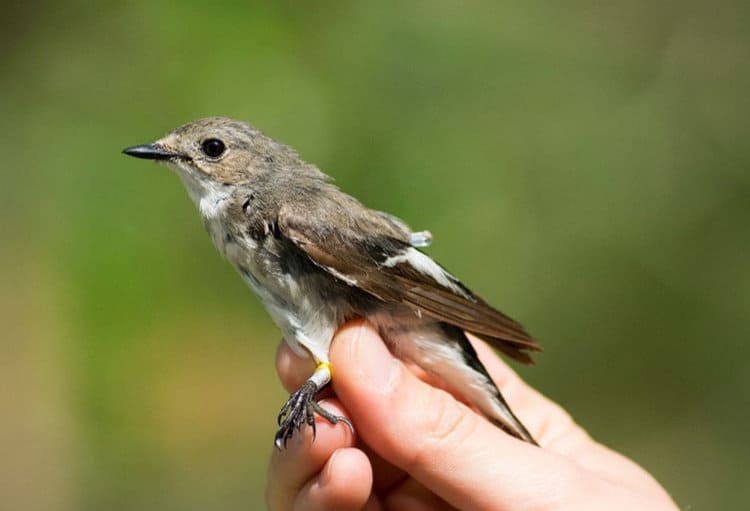
Conservation ecologist Koosje Lamers of the University of Groningen in the Netherlands came up with a simple solution: move the birds north. Late April is already green in the Netherlands, but in Sweden the trees don’t get their leaves until mid-May.
In an experiment she calls the “crown jewel” of her Ph.D., Lamers and her colleagues drove flycatchers 570 kilometers (350 miles) north from Drenthe, Netherlands, to southern Sweden every spring for three years. The immigrant females had nearly twice as many chicks as native Swedish flycatchers, and their chicks returned to nest in Sweden the following year. Their findings, published recently in Nature Ecology and Evolution, show that moving north might help pied flycatcher populations adapt to climate change.
“We successfully simulated early arrival,” Lamers told Mongabay. “They bred very early as a consequence, and early breeding seemed to have benefits.”
Moving the birds north resolved the food crisis, but a question remained: Could the birds learn to go on their own?
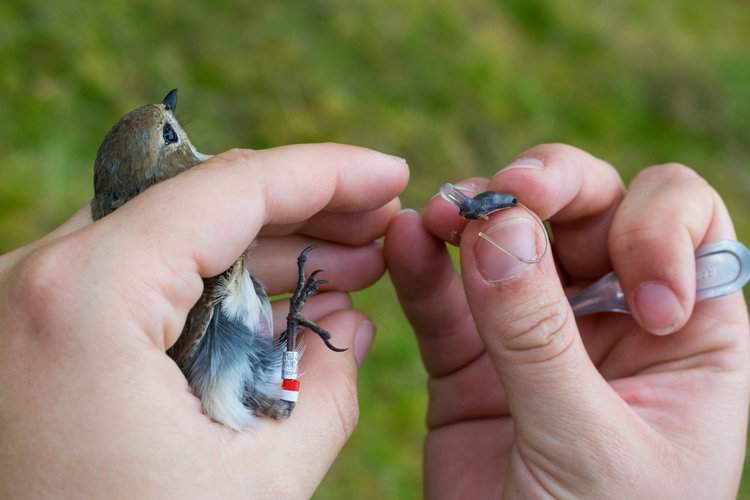
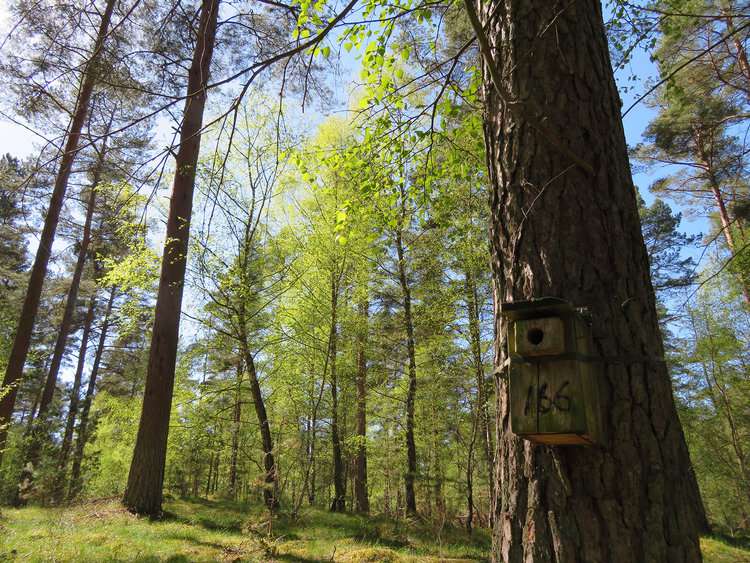
Over the course of three years, Lamers rode her bike over thawing ground listening for bird calls. She saw more and more Dutch birds populating the Swedish forests, and they usually got there first. Location data from tiny backpack trackers confirmed that the Dutch flycatchers left their wintering sites in Africa first, while the Swedish natives left later.
Because the Dutch birds timed their arrival to the early-spring peak of caterpillar supplies, their babies had no shortage of food. In this way, said Lamers, southern populations of flycatchers can act as a kind of “genetic reserve.” The new migratory destination encoded in their DNA might help the species adapt to climate change.

Migratory bird expert Carlos Camacho at Estación Biológica de Doñana in Seville, Spain, described the team’s approach as “risky” and “groundbreaking.” He praised the originality of the experiment but was hesitant to draw conclusions just yet. The distance researchers transported the birds is farther than most species would move on their own, he noted. Still, Camacho was optimistic.
“Perhaps it’s not necessary that one individual perform the whole large movement,” he told Mongabay. Gradual migration over many generations might also have advantages, Camacho said.
“Dispersal occurs naturally and successfully on smaller scales,” wrote Lamers in an email to Mongabay, referring to a species migrating to new spots. “Even this, we argue, can contribute to adaptation.” As the consequences of climate change become more apparent, so too do the clever strategies animals must employ to survive.
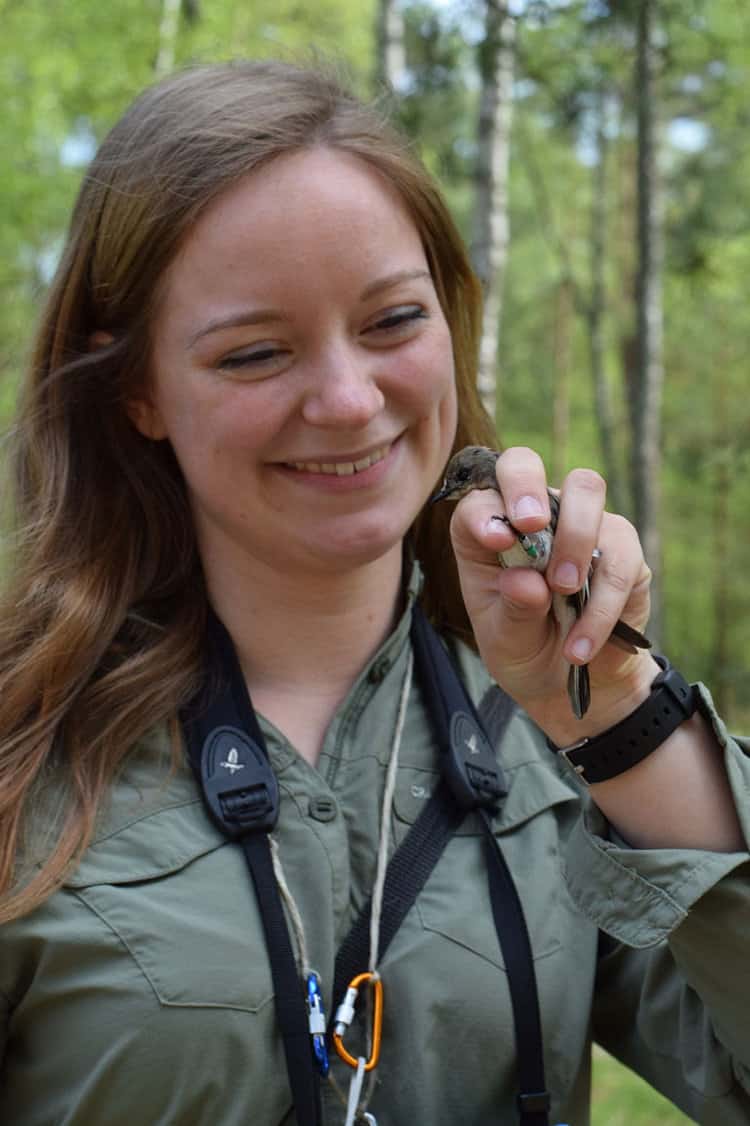
Citation:
Lamers, K.P., Nilsson, J.-Å., Nicolaus, M., and Both, C. Adaptation to climate change through dispersal and inherited timing in an avian migrant. Nature Ecology & Evolution 7, 1869–1877 (2023). doi: 10.1038/s41559-023-02191-w
What you can do
Help to save wildlife by donating as little as $1 – It only takes a minute.
This article by Gillian Dohrn was first published by Mongabay.com on 30 November 2023. Lead Photo credit: Koosje Lamers.

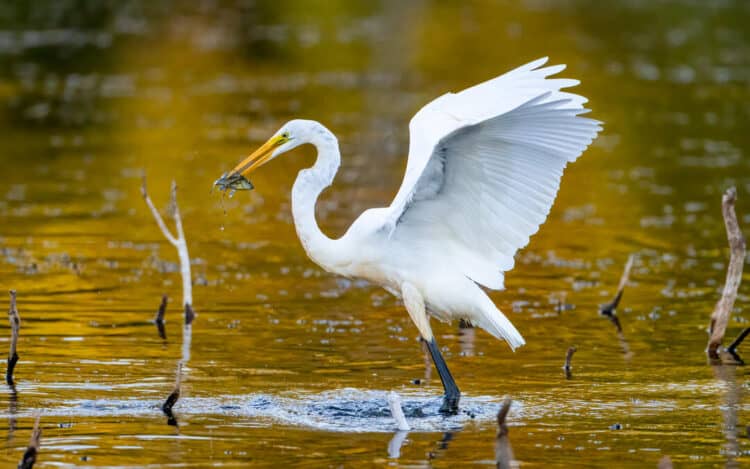

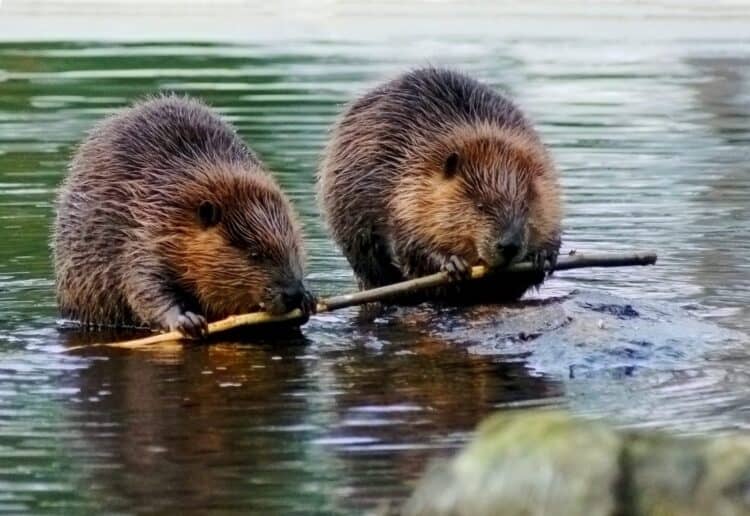
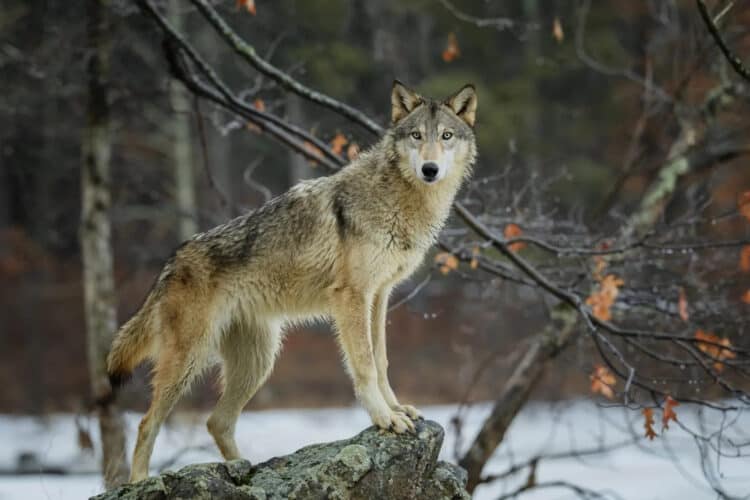
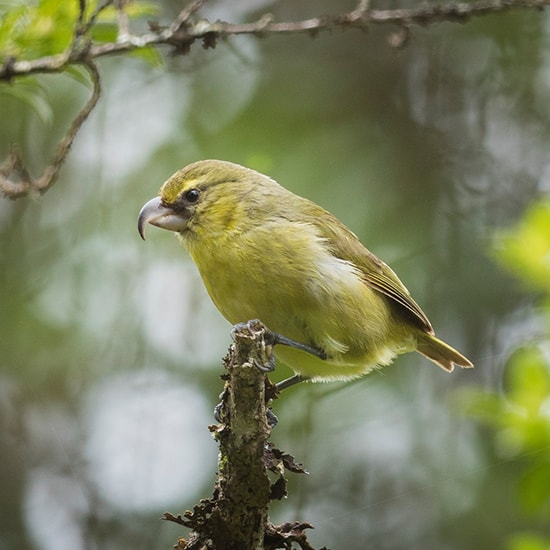

Leave a Reply